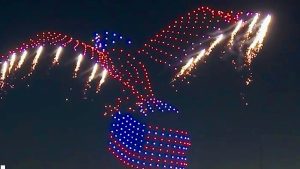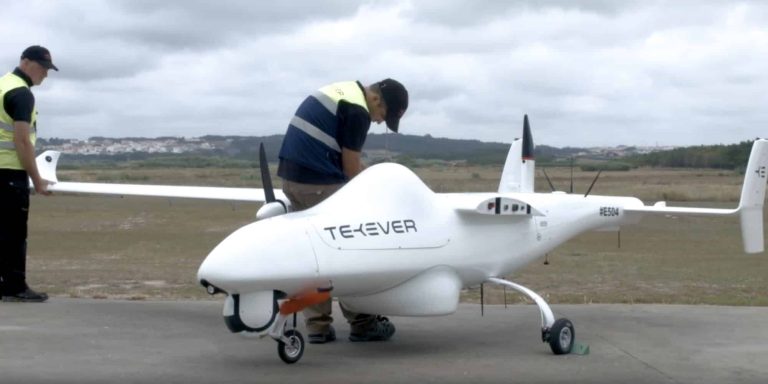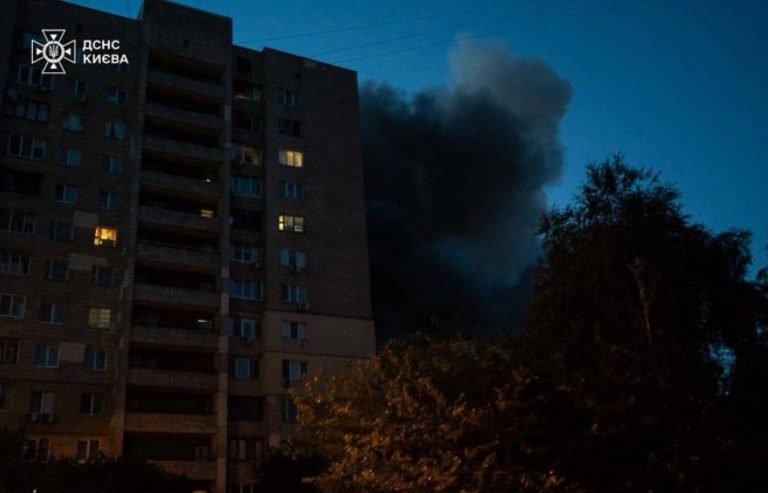Ukraine’s deputy tech minister, Alex Bornyakov, recently unveiled a prototype of a drone that could identify and attack Russian “war criminals” using Artificial Intelligence (AI). This controversial advancement in Weaponized drones has raised concerns among Ukraine’s allies and highlighted the need for binding AI rules in warfare, reports Bloomberg.
Ukraine’s AI Innovations
Ukraine has installed thousands of mobile phones on cell towers and gas stations to act as digital ears, gathering data that is paired with neural networks to create AI tools. These tools can track enemy drones and detect when Russia fires rockets. Ukraine also uses AI to monitor Russian media and propaganda, which increasingly use generative AI to produce content.
NATO’s Stance on AI
NATO has an ethical framework for AI and seeks to ensure reasonable human input in any lethal use of force. The organization uses AI for low-risk tasks, such as counting Russian aircraft and fueling stations from satellite footage. However, giving computers control over lethal decisions, like the system Bornyakov described, is controversial among Ukraine’s allies.
Calls for Binding AI Rules
There are calls for NATO’s AI principles to be codified into legally-binding rules, including by the United Nations. Stop Killer Robots, an organization, stated that “non-binding principles and declarations, and ad hoc policy measures, are not sufficient to address the significant challenges which autonomous weapons pose.”
Ukraine’s AI Priorities and Challenges
Despite the controversy, AI remains one of Ukraine’s top priorities. The country uses a large-language model to monitor Russian media and propaganda, and a software program called Griselda to analyze data from various sources. However, disruptions to internet networks on the frontline make using AI services challenging, and valuable information, such as drone footage, is often classified and not shared with local startups.
Ukraine’s development of AI-powered killer drones has sparked a debate on the need for binding AI rules in warfare. While AI offers significant advantages in modern warfare, the ethical implications of giving computers control over lethal decisions remain a concern for Ukraine’s allies and the international community.
DroneXL’s Take
The use of AI in warfare is a double-edged sword. On one hand, it can provide significant advantages to Countries like Ukraine, which are facing a powerful aggressor. AI-powered drones and sensor networks can help level the playing field and protect civilians. However, the lack of binding international rules on the use of AI in warfare is concerning. Without clear guidelines and oversight, there is a risk that these technologies could be misused or lead to unintended consequences. As the Drone Industry continues to evolve, it is crucial that we have an open and honest debate about the role of AI in warfare and work towards establishing a framework that prioritizes ethics and human control.
Discover more from DroneXL
Subscribe to get the latest posts to your email.




















+ There are no comments
Add yours